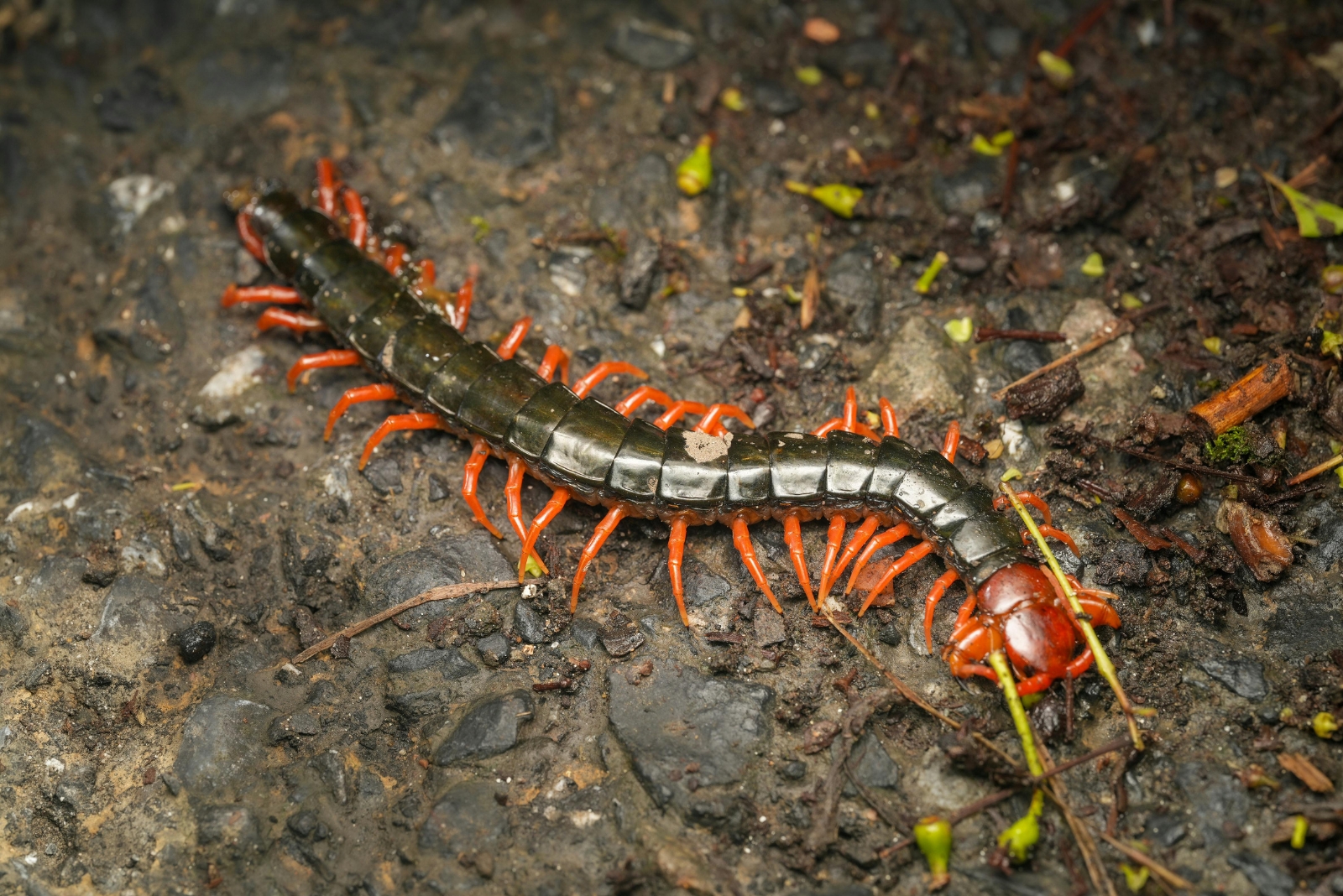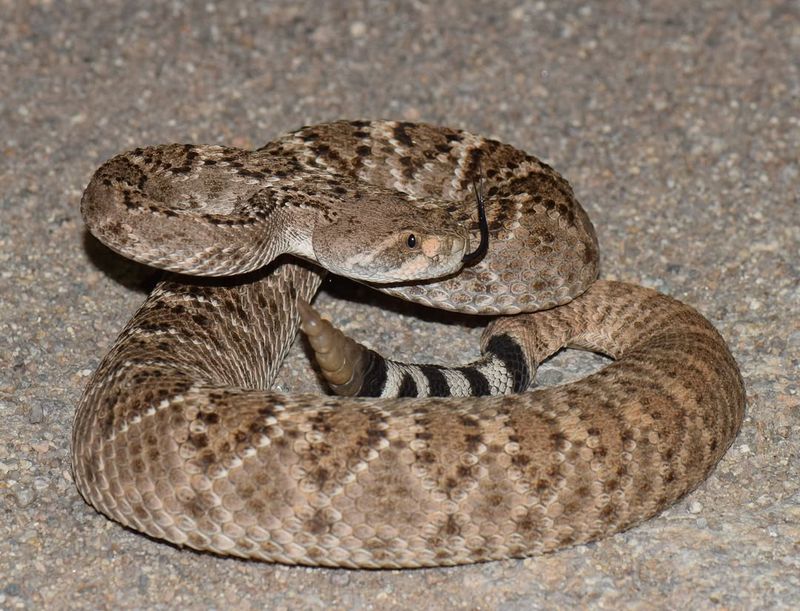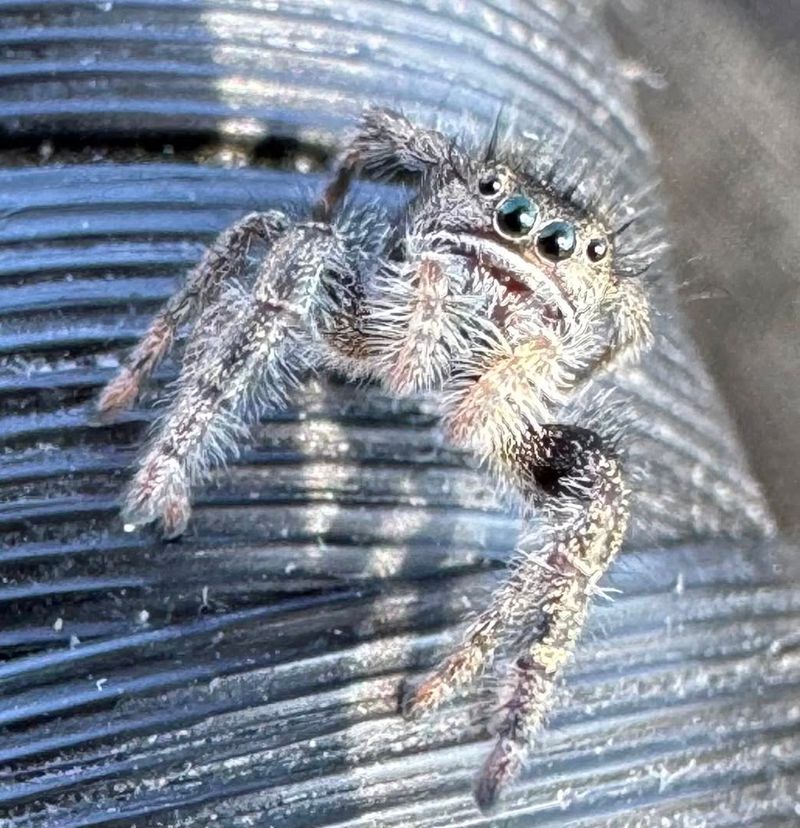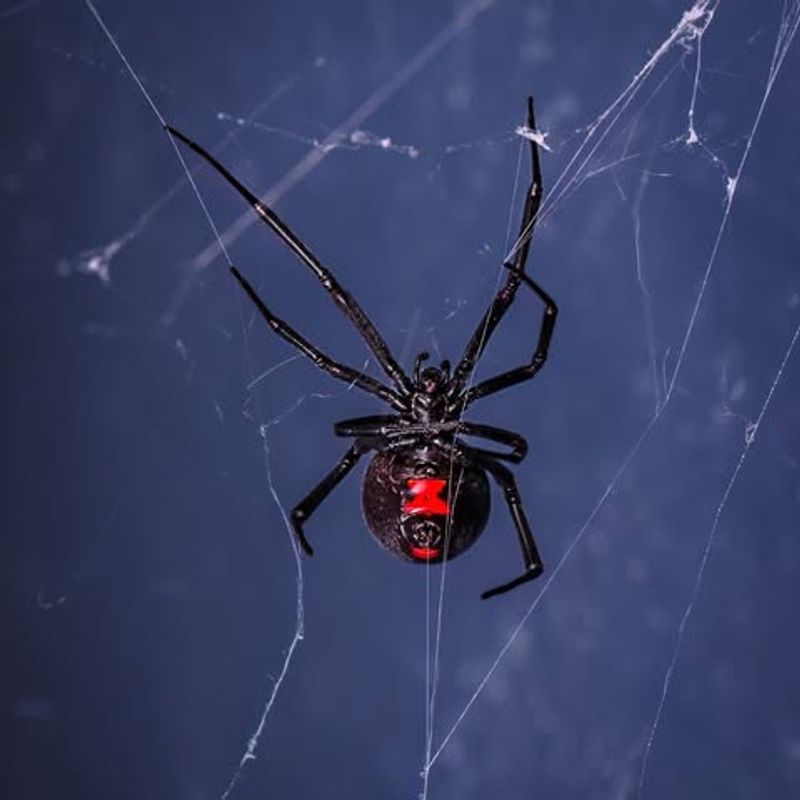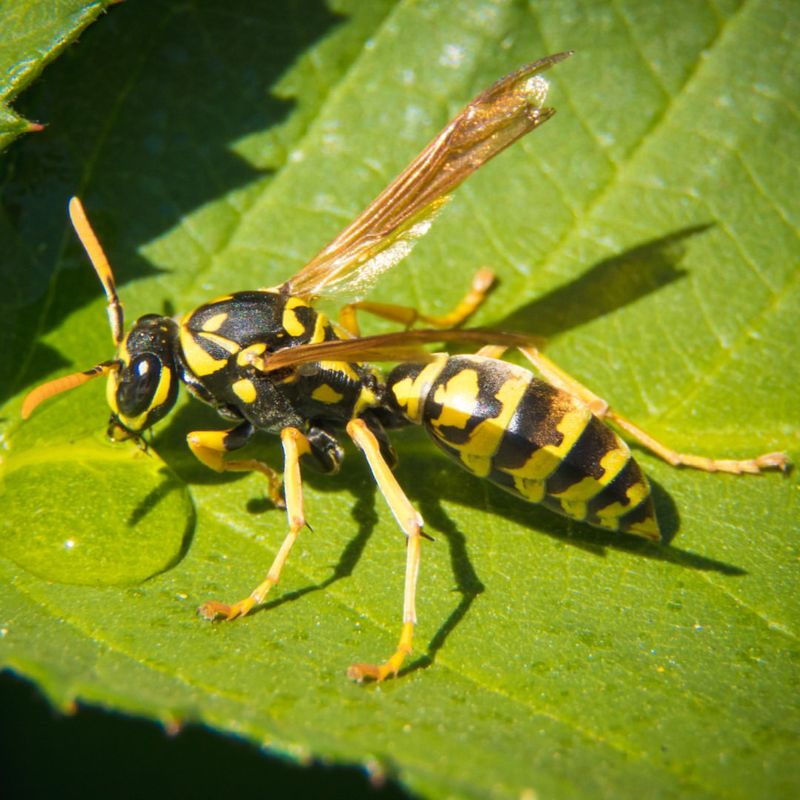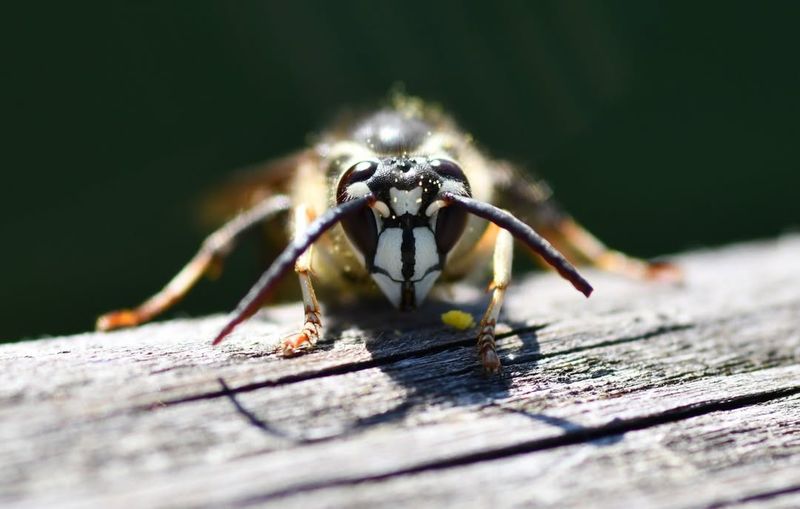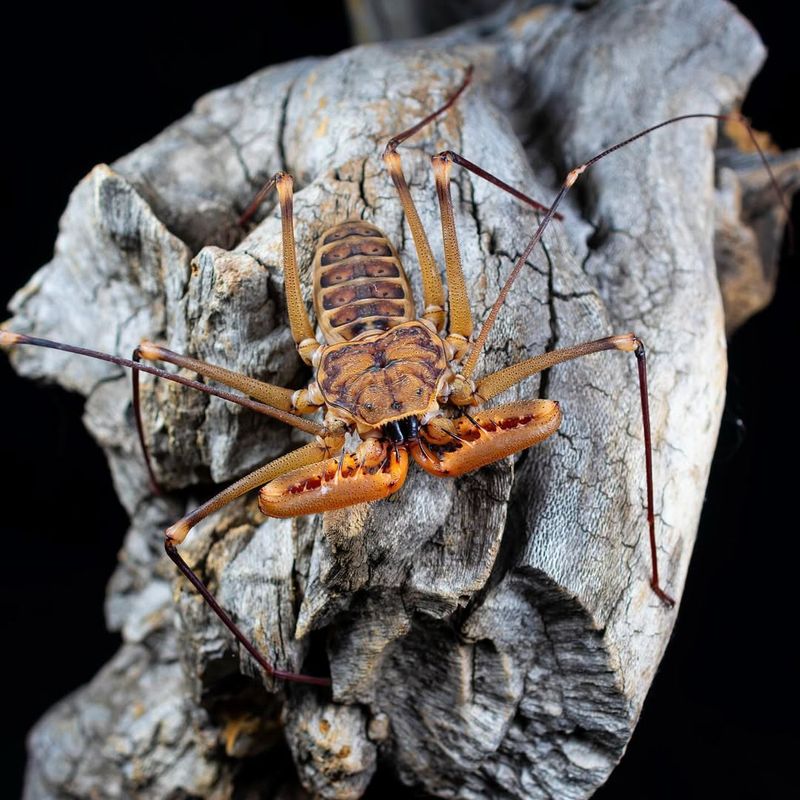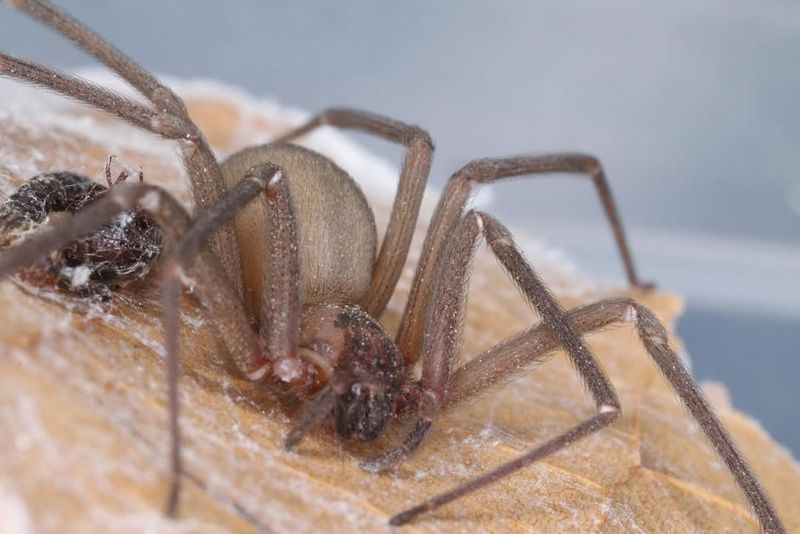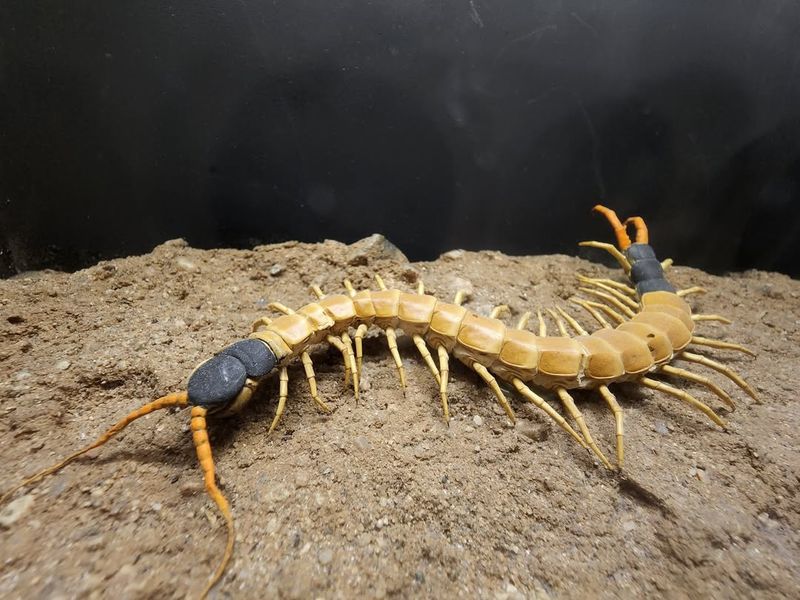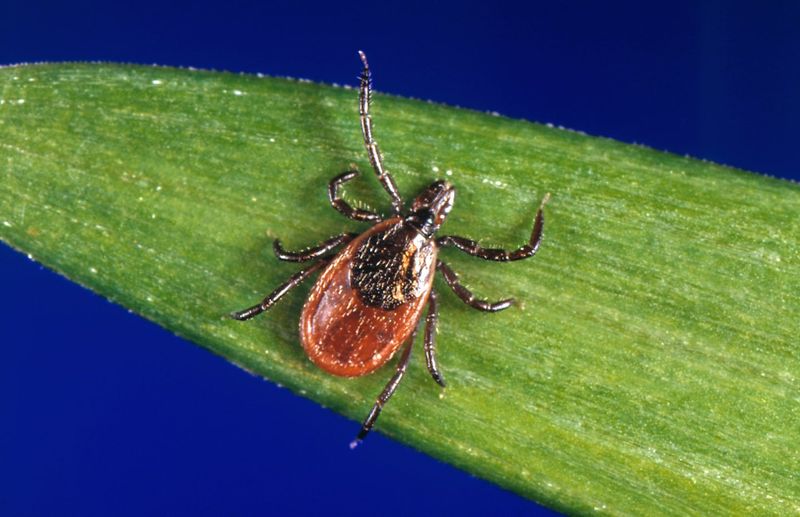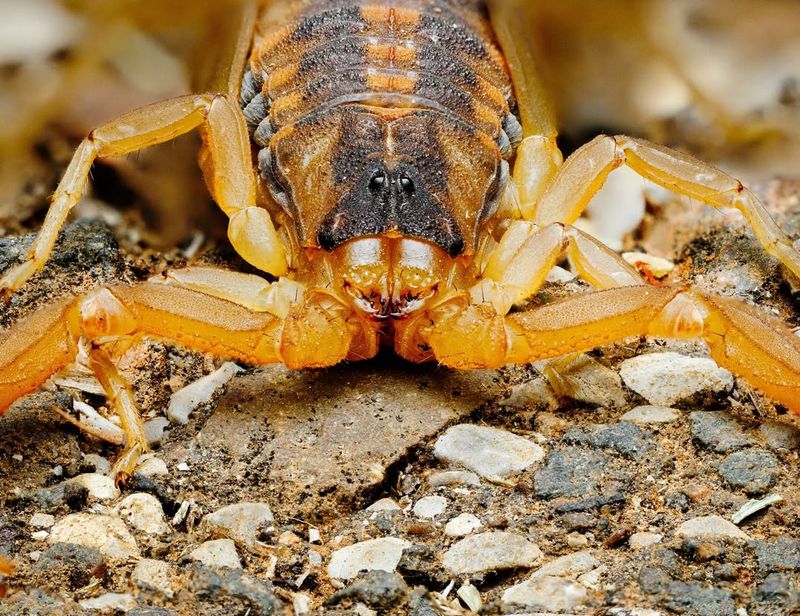From forest trails to quiet backyards, Washington’s wild side hides more than meets the eye. Beneath fallen logs, along rocky shores, and even in garden corners, a few venomous residents are waiting to be noticed.
Most are shy and harmless if left alone — but knowing who’s who can keep your next outdoor adventure from turning into a painful surprise.
1. Western Rattlesnake
Rattling its tail as a warning sign, this snake wants you to know when you’re getting too close. Found in dry, rocky areas east of the Cascades, the Western rattlesnake usually stays hidden during the hottest parts of summer days.
If you hear that distinctive buzzing sound while hiking, freeze and slowly back away. Most bites happen when people accidentally step on them or try to handle them. Always watch where you place your hands and feet on trails.
2. Hobo Spider
Funnel-shaped webs in basements and garages often belong to this common household spider. Despite its scary reputation, recent studies show hobo spider bites may not be as dangerous as once believed.
You’ll recognize them by their brown color and V-shaped markings on their abdomen. They’re not aggressive and usually run away when disturbed. Keep outdoor items like firewood away from your house to reduce encounters with these eight-legged visitors.
3. Black Widow Spider
Shiny black with a red hourglass shape on her belly, the female black widow is Washington’s most venomous spider. Males are much smaller and harmless, but females pack a punch with neurotoxic venom.
Look for their messy, irregular webs in dark corners, woodpiles, and sheds. Bites are rare and usually happen when the spider feels trapped. Wear gloves when moving stored items outdoors and shake out shoes before putting them on.
4. Yellow Jacket Wasp
Buzzing aggressively around picnics and garbage cans, yellow jackets become especially feisty in late summer. Unlike bees, these wasps can sting multiple times and often attack in groups when their nest is threatened.
Their underground nests can house thousands of workers ready to defend their home. Cover food and drinks when eating outside, and never swat at them. If you spot a nest, call professionals rather than attempting removal yourself.
5. Bald-Faced Hornet
Building massive paper nests the size of basketballs, these black and white insects are actually wasps, not true hornets. Their colonies can contain up to 700 workers, all willing to defend their impressive aerial homes.
Extremely territorial, they’ll chase intruders up to 300 feet from their nest. You’ll find their gray, football-shaped nests hanging from trees or building overhangs. Give any nest you see a wide berth and warn others about its location.
6. Pacific Scorpion
Believe it or not, Washington has scorpions! The Pacific scorpion lives in dry areas of eastern Washington, hiding under rocks and bark during daylight hours.
Growing only about two inches long, this tiny scorpion delivers a sting similar to a bee’s. While painful, it’s rarely dangerous to healthy adults. Use a blacklight flashlight at night to spot them since they glow under UV light. Always shake out camping gear before packing up.
7. Brown Recluse Spider
Though extremely rare in Washington, occasional brown recluse sightings get reported, likely from spiders hitching rides in moving boxes. The violin-shaped mark on their back gives them their nickname: the fiddleback spider.
Their venom can cause serious skin damage, but they’re incredibly shy and bite only when pressed against skin. Most suspected bites turn out to be other medical conditions. If you’re moving from southern states, inspect boxes carefully before unpacking.
8. Giant Centipede
Scurrying across basement floors on dozens of legs, giant centipedes can grow up to six inches long in Washington. Their modified front legs contain venom they use to paralyze prey like insects and spiders.
A bite feels like a bee sting and causes swelling and pain for several hours. They’re beneficial predators that eat household pests, so consider relocating them outside rather than killing them. Check damp areas like bathrooms where they hunt for food.
9. Western Black-Tailed Deer Tick
Tiny but troublesome, this tick carries bacteria that causes Lyme disease, making it one of Washington’s most medically important venomous creatures. They wait on grass and brush, grabbing onto passing animals or people.
Check yourself thoroughly after hiking, paying special attention to warm, hidden areas. Remove ticks promptly using tweezers, pulling straight up without twisting. Early removal greatly reduces disease transmission risk, so perform tick checks daily during outdoor trips.
10. Striped Bark Scorpion
Sporting dark stripes down its back, this scorpion cousin of the Pacific scorpion occasionally appears in Washington’s driest regions. Like its relative, it prefers hiding beneath loose bark and stones.
Its sting causes localized pain and mild swelling but poses little danger to most people. Nocturnal hunters, they emerge after dark to catch small insects. When camping in eastern Washington, always zip tent doors and check sleeping bags before crawling in at night.

